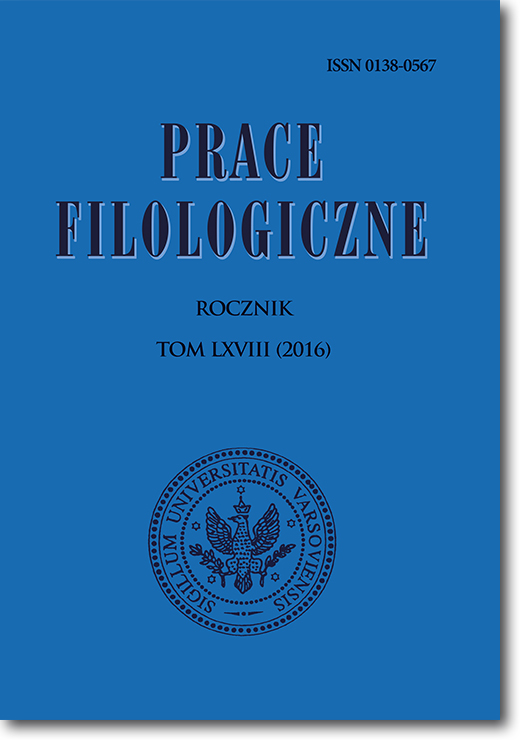Między leksykografią opisową a przekładową: Słownik polskiego języka migowego (PJM)
Between Monolingual and Bilingual Lexicography: the Dictionary Of Polish Sign Language (PJM)
Author(s): Jadwiga Linde-Usiekniewicz, Paweł Rutkowski, Małgorzata Czajkowska-Kisil, Bernadetta ŁachetaSubject(s): Language and Literature Studies, Theoretical Linguistics, Lexis
Published by: Wydział Polonistyki Uniwersytetu Warszawskiego
Keywords: leksyka; korpus; języki wizualno-przestrzenne; lexis; corpus; visual-spatial languages
Summary/Abstract: Polish Sign Language (polski język migowy, PJM) is a natural visual-spatial language used by the Deaf community in Poland. It emerged around 1817, with the foundation of the first school for the deaf in this country. Early dictionaries of PJM were simple glossaries, compiled by eliciting PJM equivalents of Polish lexemes. In the last two decades, however, sign language lexicography world-wide has taken a radical turn from glossaries to descriptive dictionaries, where the meaning of each sign is given not as a spoken language equivalent, but as a sense definition. Further changes in sign language lexicography have been prompted by the increasing availability of sign language corpora. An extensive sign language corpus is currently being compiled in Poland at the Section for Sign Linguistics,University of Warsaw. It forms the empirical basis of a new dictionary of PJM. The methodology of this lexicographic project is outlined in the present paper.
Journal: Prace Filologiczne
- Issue Year: 2016
- Issue No: 68
- Page Range: 225-244
- Page Count: 20
- Language: Polish

